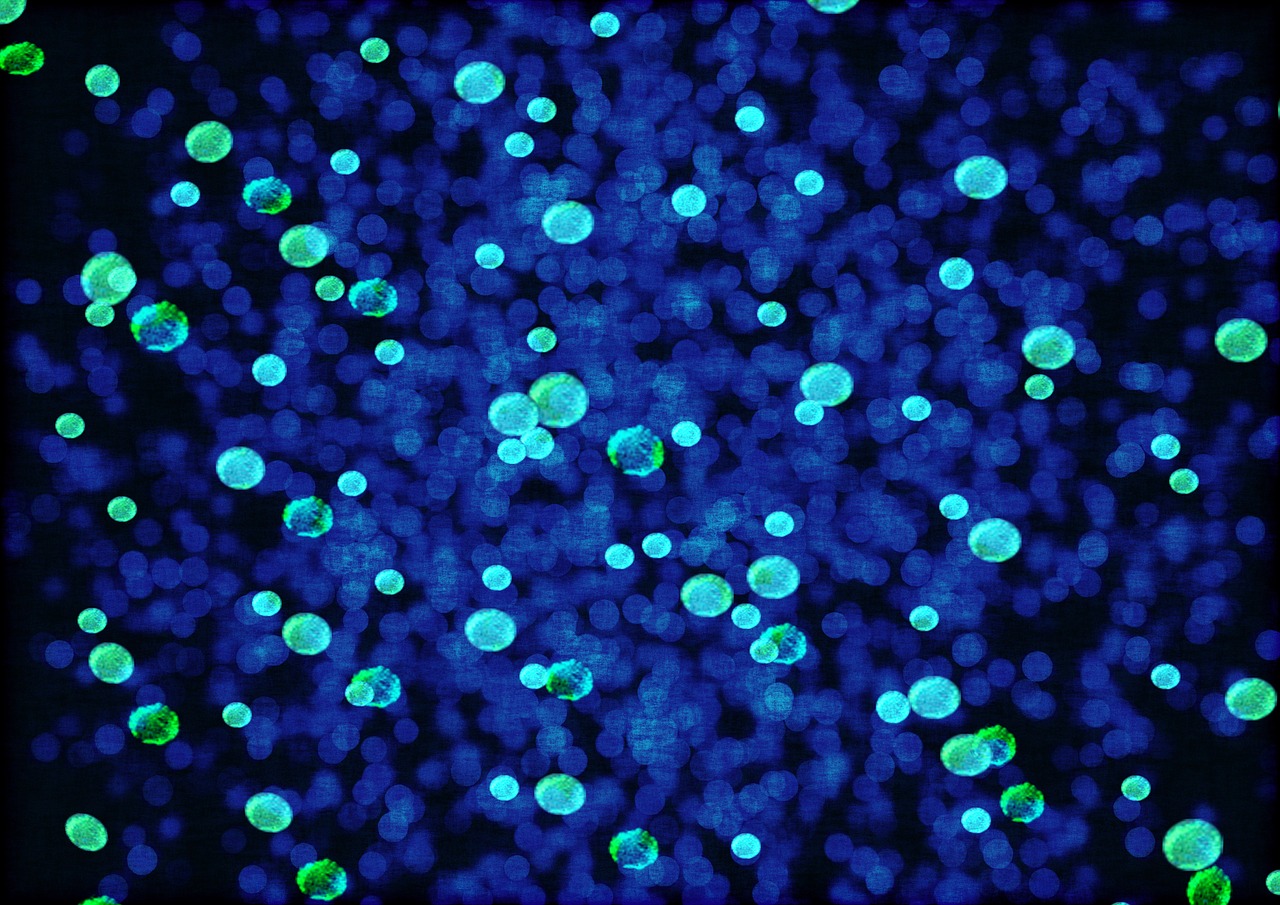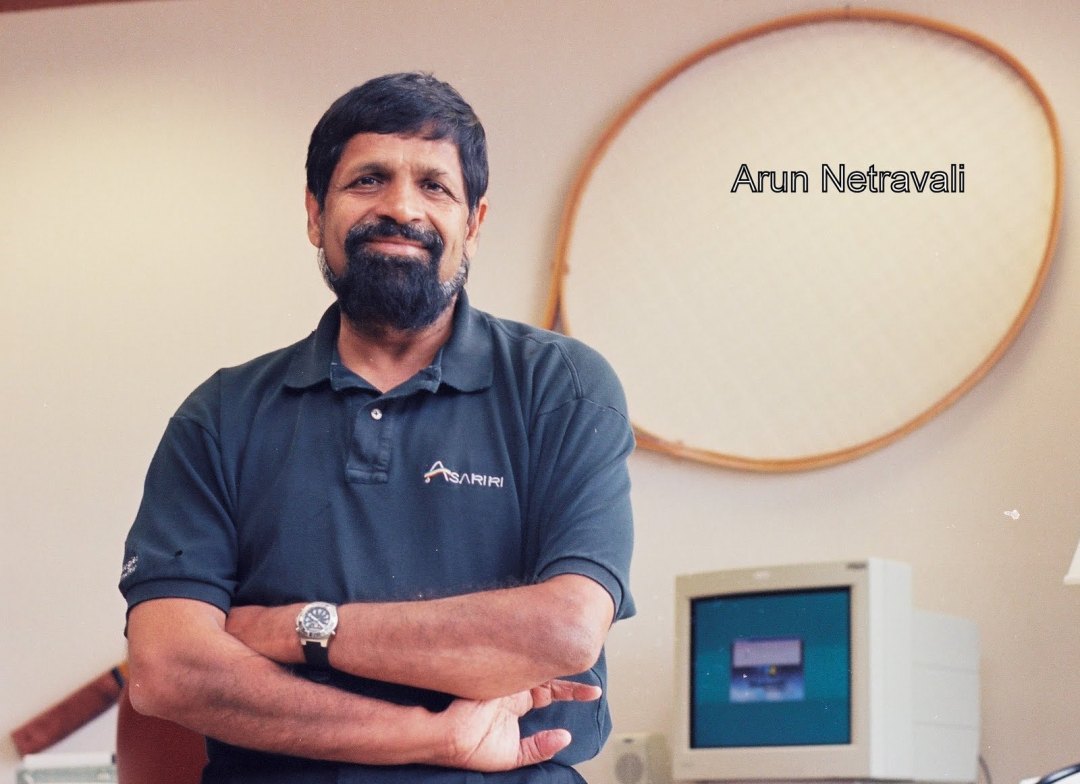
Research Stash Weekly Review #20
- Weekly Review
- 1.7K
Summary of the latest news in science and technology research across the world, carefully handpicked by team Research Stash
Mother’s microbiome determines offspring’s risk of developing autism
The risk of developing autism spectrum disorders is determined by the mother’s microbiome – the collection of microorganisms that naturally live inside us – during pregnancy, new research from the University of Virginia School of Medicine suggests Read More
Researchers identify protein essential for making stem cells
Researchers at the School of Medicine have identified a new protein critical to the production of induced pluripotent stem cells, or iPS cells. Read more
Jupiter has 10 more moons we didn’t know about — and they’re weird
Astronomers have discovered 10 small moons orbiting Jupiter, bringing its total to 79 — by far the most moons known around any planet. Read More
A Rare Cosmic Collision Might Let Scientists Calculate the Precise Age of the Universe
A so-far unseen celestial collision could be astronomers’ best bet for figuring out just how quickly the universe is expanding. Read More
Potential DNA damage from CRISPR has been ‘seriously underestimated,’ study finds
From the earliest days of the CRISPR-Cas9 era, scientists have known that the first step in how it edits genomes — snipping DNA — creates an unholy mess: Cellular repairmen frantically try to fix the cuts by throwing random chunks of DNA into the breach and deleting other random bits. Read More
Scientists create nano-size packets of genetic code aimed at brain cancer ‘seed’ cells
In a ‘proof of concept’ study, scientists say they have successfully delivered nano-size packets of genetic code called microRNAs to treat human brain tumors implanted in mice. Read More
The right diet can boost the potency of cancer drugs
Boosting the power of some cancer drugs could be as simple as modifying what you eat, according to two recent studies in mice. The results are the latest from an ongoing push to harness the body’s metabolism to fight cancer. Read More
Light Beam Lets the Deaf (Gerbil) Hear
Some half a million people worldwide with severe hearing loss use an electronic implant in the ears to be able to let them understand speech. Read More
World’s First Colored Human X-Ray Applies CERN Technology Used In Search Of ‘God Particle’
A father and son tandem from New Zealand has introduced the first ever colored x-ray scanner adapted from technology used in finding the Higgs boson. Read More
Science reveals the menu of Otzi the Iceman’s last meal
He probably didn’t know it was going to be his last meal, but Otzi the Iceman’s final feast was filled with fatty goodness. Read More
If you liked this article, then please subscribe to our YouTube Channel for the latest Science and Tech news. You can also find us on Twitter and Facebook.


